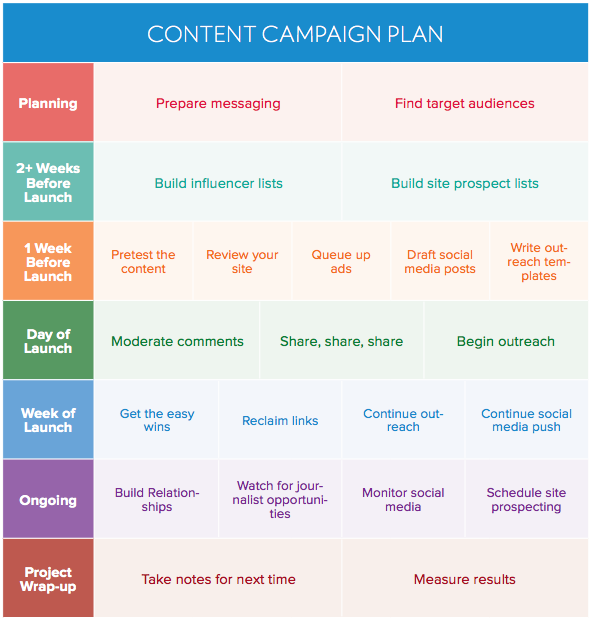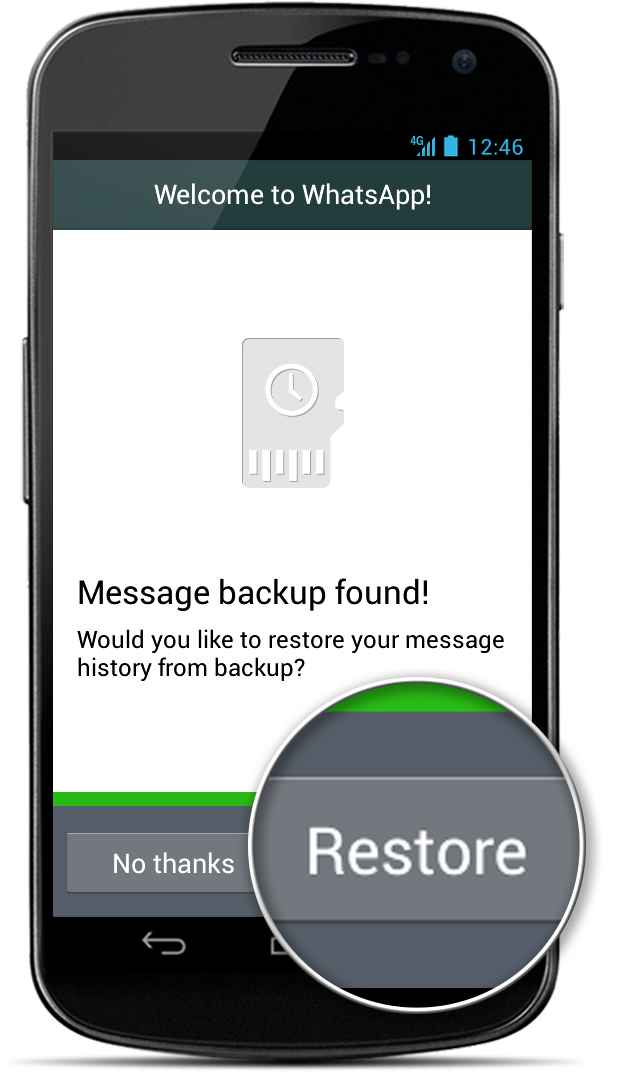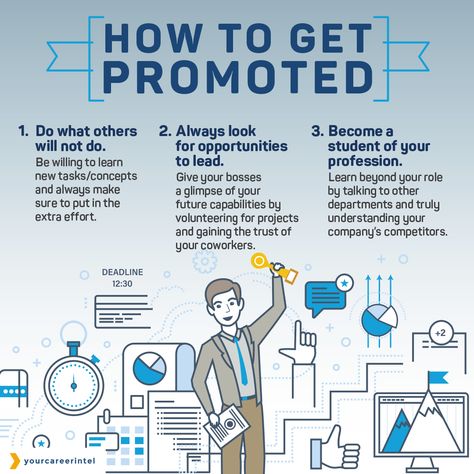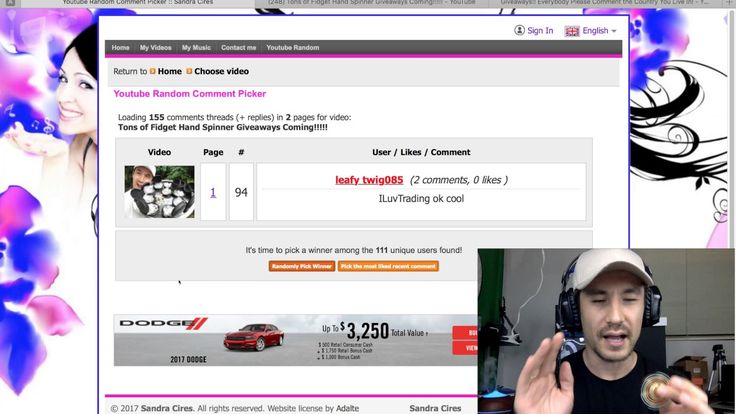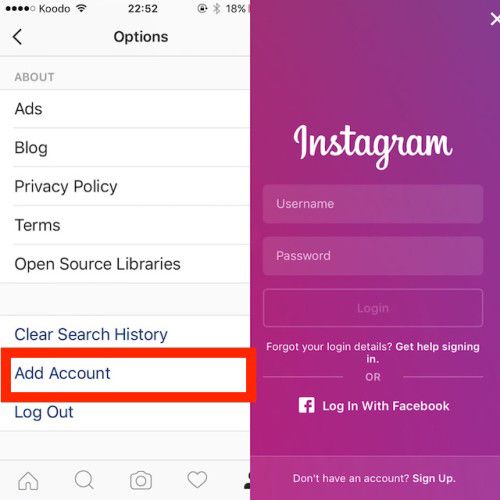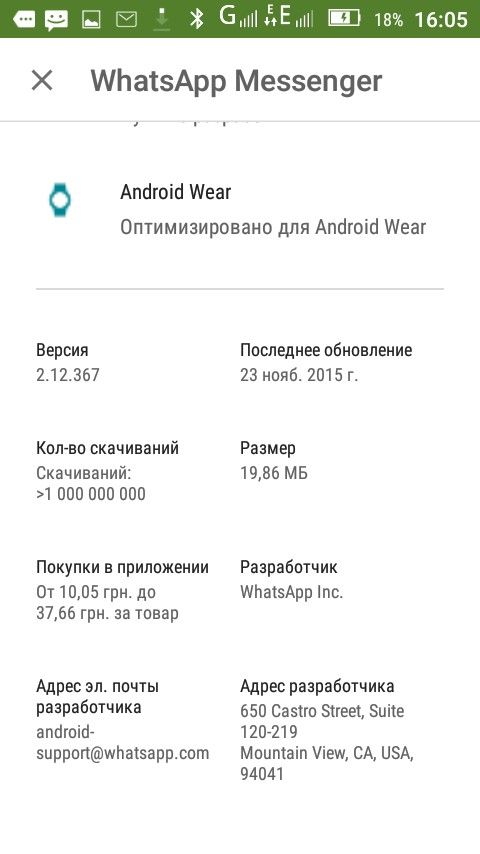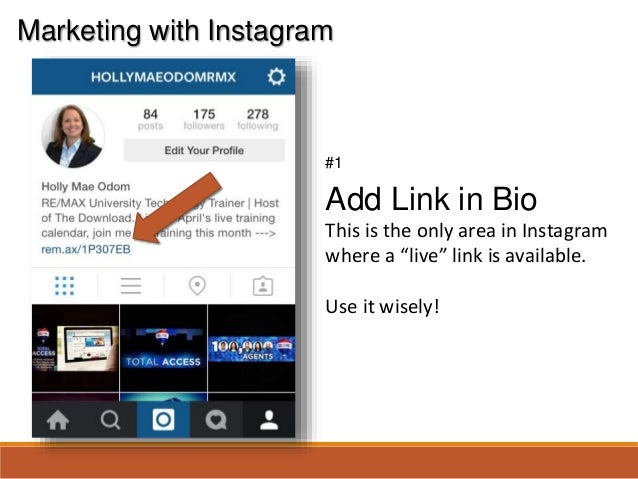How does facebook choose which friends to show
What Determines the Friends on your Facebook Timeline?
Aug 1, 2017 | Facebook, Social Media Marketing
Here’s why certain friends’ photos always appear on your Facebook timeline:
Kite Media decided to take a deeper look and we found a few surprising factors that contribute to why you will see certain friends’ photos show up more often in your friends picture box on your profile. Facebook’s algorithm looks at a lot of factors to determine which friends appear first. These factors include:
- Interactions on Facebook. Recently and over time. Recent interactions play a large role, especially if someone has recently viewed your profile page.
- Profile views. They have viewed your profile and/or you have viewed their profile – Total amount of views when compared to other friends profiles viewed.
- Tagged photos. Photos that you’ve been tagged in or have tagged your friends in.
- Wall posts. Has this person posted on your wall recently, or you on theirs?
- Likes. Have they liked your content or have you likes theirs?
- Comments. On your posts or comments you’ve made on your friends’ wall posts or pictures.
- Photos viewed. They have viewed your pictures, and/or you have viewed theirs.
- Currently online. Friends who are currently online or have recently been online. This typically applies for random people that might show up.
- Messenger. Facebook messenger conversations between each other.
- Mutual interactions. Between yourself and your friends will likely play a bigger role in determining who your “closer” 9 friends may be.
- “Close Friends.” If you’ve added friends to your “Close Friends” group, typically at least 2 of these people will be shown in the 9 friends box.
It’s safe to say that if a friend’s photo is showing up on your timeline, but you haven’t had any recent Facebook interaction with them, then, yes, that person has probably been spending a hefty amount of time looking at your profile.
YES – these are the people that Facebook stalk you! (to some extent). The pictures vary, but it seems like the same people are generally appearing there on a regular basis. I have always wondered why those regulars always show up – do they look at my timeline a lot, do I look at their timelines, am I tagged in photos with those people, have I messaged any of them recently? – the answer to these questions varied for each person, but these seem like the most logical reasons as to why these peoples’ profile photos always appear on my timeline.
My belief has always been that these are the people that look at my page the most. Mainly, because most of the people on my timeline are friends whose profiles I haven’t viewed for months. With a little Google research I was able to find a legitimate explanation on GotKnowHow.com. Here it is:
The 9 friends shown in your Facebook Timeline friends box are determined by a number of factors, but mostly they will show friends that you appear to be closer with from interactions on Facebook.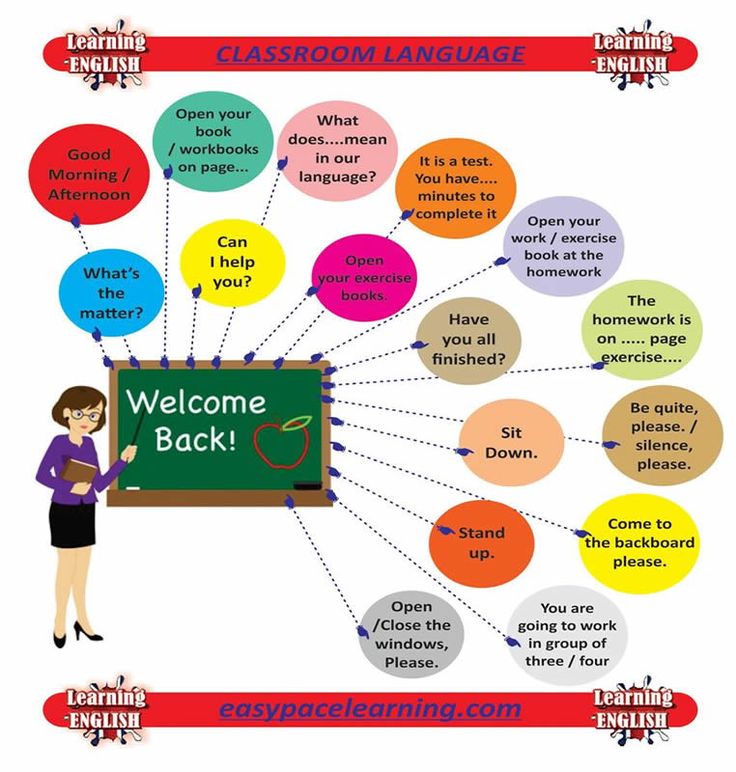 These 9 friends may be your closest friends, family members, crushes, Facebook stalkers or just friends that have recently viewed your profile. While the friends box will still show some random friends every so often as well, most of the time the larger percentage of friends will be those who you are connected closer with as determined by Facebook’s friend algorithm.
These 9 friends may be your closest friends, family members, crushes, Facebook stalkers or just friends that have recently viewed your profile. While the friends box will still show some random friends every so often as well, most of the time the larger percentage of friends will be those who you are connected closer with as determined by Facebook’s friend algorithm.
Facebook most likely takes into account whose friends profiles (and photos) you view and who your friends view. And then compares these profile views in relation to all of your friends (or in the case of your friends, what other friend profiles and photos they view more often). So if Facebook notices that one of your friends views your profile more often than their other friends’ profiles, then more than likely this friend’s picture will start showing up in your friends box, especially if you view their profile too.
While these 9 friend pics do seem to change frequently, and still have around 2 random friends showing up to mix things up, overall your friends who show up in your 9 friends list box, are much more likely to be “connected” to you on some level, whether directly or indirectly, as compared to your other friends who don’t show up very often.
Keep in mind, because everyone has different friends, a different number of friends and different types of relationships, everyone will have a slightly different reason as to why certain people show up in their friends box. Facebook is always tweaking its algorithm that determines these factors, so the reason why certain friends show up may always be changing slightly. But at the end of the day there are definitely a number of key factors that go into Facebook’s top secret friend algorithm that determines why certain friends photos show up in the 9 friends box at the top your Facebook timeline profile. And more than likely it’s because they are your best friends, closest friends, family members, boyfriend, girlfriend, your Facebook crushes, Facebook stalkers, and likely they are ultimately individuals that have recently interacted with you on Facebook in one way or another.
We’d love to be friends! Connect with us on Facebook, Google+ and Twitter. And don’t forget to share this post with your friends!
by Garrett Kite
Updated
How Does Facebook Decide Which 10 Friends to Display on Your Profile?
It's not random.
Have you ever wondered why 10 friends appear on your Facebook profile page, and how they are chosen?
The list of 10 friends displayed changes slightly every time you visit your Facebook page. It appears random, but it isn't.
Facebook says they use an algorithm that takes into account the people who interact most with you publicly.
Things like posts they make on your wall, photos where both of you are tagged, events you both attend, comments on each others posts or photos, etc. Facebook does a remarkable job selecting 10 friends from your hundreds or thousands of friends...while keeping it fresh and interesting.
Some say Facebook has unlimited potential.
But, there must be more to this. Every time I check my Facebook profile page I scan down the left side bar where 10 friends are displayed. At left is a screen shot from my Facebook page this morning. Every one of those people are friends that I have recently interacted with on some level. I refreshed the page a couple times and another set of people are displayed. I try to think of any "interactions" I recently had with them. Some are obvious, some are not. Serendipity and randomness must play a part. Is it scary that Facebook seems to know who we care about, and who cares about us...but we don't know how they know this? For me it is more thought provoking than scary. Hmmm...how do they really do this?
People You May Know - How does Facebook decide which people to put in the "People You May Know" list on the right side bar? That one seems more obvious. It is based on friends of friends, mutual friends, employers or schools you have in common, your home town, current city, and probably a few other things.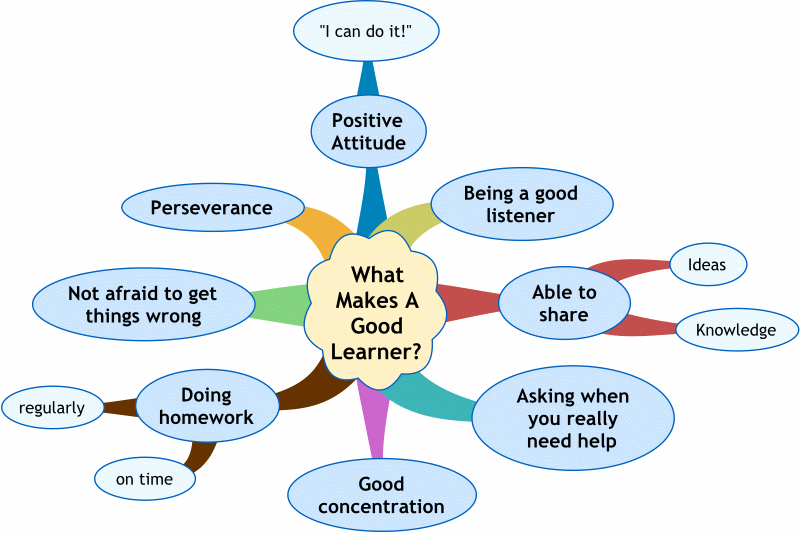 But again, the algorithm intoduces some randomness. The people are not listed in rank order by the number of friends you have in common. Many times I know who the people are, but have never actually met them. Other times I have no clue who the "suggested friends" are. There is certainly an algorithm that suggests people, but exactly how it works is a mystery.
But again, the algorithm intoduces some randomness. The people are not listed in rank order by the number of friends you have in common. Many times I know who the people are, but have never actually met them. Other times I have no clue who the "suggested friends" are. There is certainly an algorithm that suggests people, but exactly how it works is a mystery.
Promiscuous Friending - You would think that if "someone you may know" has 100 mutual friends with me that I would at least know of them. Hmmm...there must be a lot of promiscuous friending going on out there. Not me. I have principles :-). No, really I do. Perhaps I use Facebook differently than most, but I only accept friend requests from people I actually know, People I have actually met, or have exchanged meaningful email or phone calls. Call me crazy, but that is my loose definition of "friends" for Facebook.
Social Layer - Social elements are popping up in just about everything. Zynga is making a fortune with casual social games. Social is being added to search, shopping, mobile, content, and even business. Nimble, a Santa Monica based start-up, is bringing social to CRM, Customer Relationship Management. Gist, a Seattle based company, is bringing social elements to email and contact management. The trend of social moving from the consumer realm to business software will be the topic of an upcoming post.
Zynga is making a fortune with casual social games. Social is being added to search, shopping, mobile, content, and even business. Nimble, a Santa Monica based start-up, is bringing social to CRM, Customer Relationship Management. Gist, a Seattle based company, is bringing social elements to email and contact management. The trend of social moving from the consumer realm to business software will be the topic of an upcoming post.
Facebook is writing the book on how to make social interactions online fun, useful...and profitable. Very profitable.
Disclaimer: The views and opinions expressed here are my own, and do not reflect those of my employer.
This post originally appeared on Don Dodge on the Next Big Thing.
The Facebook Magic Formula for Finding Your Top Nine Friends
We've all experienced that weird moment when a random high school classmate you haven't spoken to in decades, or an employee you worked with four jobs ago and whose existence is simply forgot, is announced in the friends window on your Facebook profile, and you wonder what this person is doing there.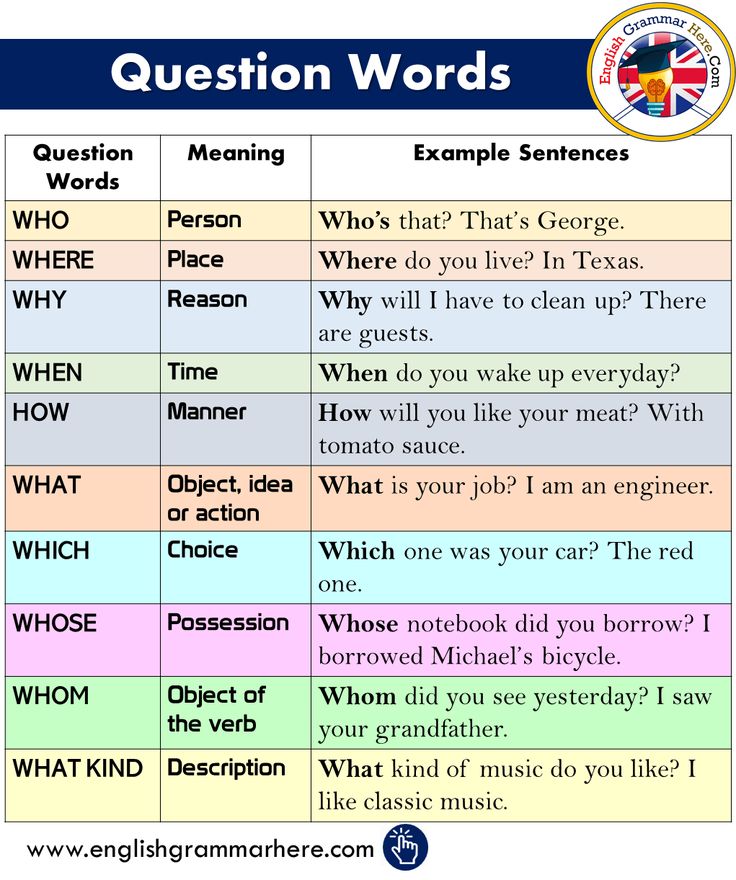
My boyfriend never uses Facebook, and we never interacted on it, except for a few general events - no photos, comments, likes, tags, marital status, nothing. However, when I asked him (for research purposes) to go to his profile page and see who was in that window with nine friends highlighted in the left sidebar, I was right there, right there in slot number one.
Advertising
His reaction? "It's because you're following me, stop following me!"
But is that so? How Facebook evaluates and organizes our friends is a secret with seven seals. Most of us are not in the habit of quantifying and organizing the people in our lives, and yet here some mysterious algorithm that is out of our control does it for us.
Who “stalkers” whom is perhaps the most confidential and sensitive information on Facebook
Furthermore, there is a feeling that flourishes in the social media collective mind that if someone with whom you have had little to no interaction ranks high on your friends list, it can be inferred that this is your stalker. And this, in turn, would mean that the subject of your stalking could see that you take pride of place in his profile.
And this, in turn, would mean that the subject of your stalking could see that you take pride of place in his profile.
A quick Google search returns given by for years disturbing questions posted on forums like Quora and Reddit about how Facebook arranges our friend lists, from guys worried that the order might indicate a non-reciprocal relationship, frustrated that someone they dislike, is constantly shown on their page, panicking because the subject of their love finds out about their stalking, or suspecting that their significant other is cheating on them, as someone pretty has appeared in the place of one of their main friends.
"This girl I'm talking to keeps asking me about a few of the girls in my first 9 friends and I tell her I rarely talk to them and have no idea why they pop up," says one nervous user Reddit .
Advertisement
“My ex is in second place, but we haven't talked and I haven't checked her profile since December.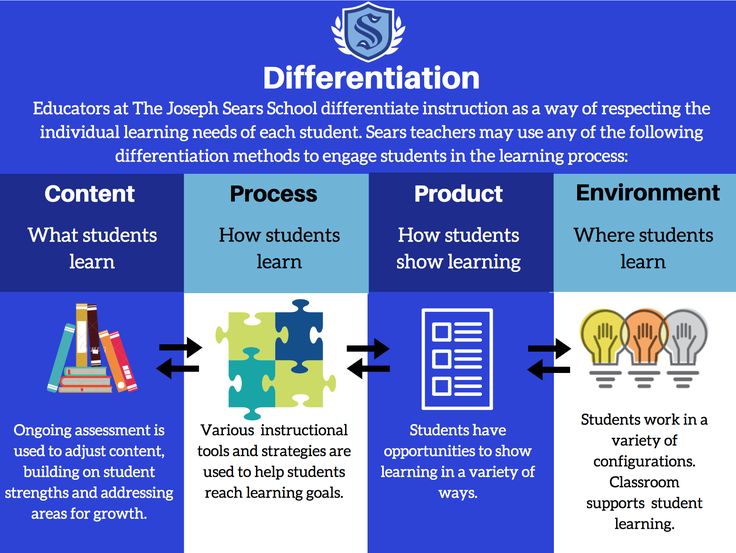 I used to chat with a bunch of people, but why is she still there?” asks another forum 9 visitor.0017 .
I used to chat with a bunch of people, but why is she still there?” asks another forum 9 visitor.0017 .
There is no way to know the exact answers to these questions because the details of Facebook's algorithms are classified. However, we do know a few things about the factors that go into ordering our friend lists, along with other valuable information that can be gleaned from paying attention to clues.
There are several places on the platform where Facebook essentially hints at who your best friends are. If you click on "friends" on your profile, it will list everyone in your network, with the people you interact with the most near the top. A re-sampling of nine of these friends is highlighted in the left sidebar when you view your own profile page. Another group of names is selected for your chat list in the right sidebar; in addition, if you put the cursor in the search bar, some names are autocompleted.
As you may have noticed, Facebook also recently introduced friend lists that organize your network into categories.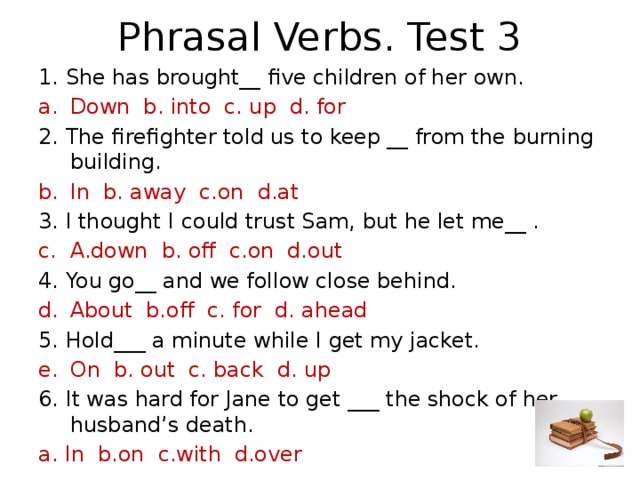 Some lists are generated automatically, depending on the job or the places you have lived. The "close friends" list is populated by user but Facebook is suggesting people you might need to add. When an impersonal force points you to the most important people in your life, a strange feeling arises.
Some lists are generated automatically, depending on the job or the places you have lived. The "close friends" list is populated by user but Facebook is suggesting people you might need to add. When an impersonal force points you to the most important people in your life, a strange feeling arises.
Advertising
A lot of the paranoia around this topic has to do with the mysterious Window of Nine, the re-sampling of friends highlighted on your profile.
“Guys, please help me here,” one forum user wrote in a post . - Do I see my 9 friends' windows the way they see them? And are the people I see in their windows 9 the ones they interact with in person/in public? For the past few weeks, I've been seeing that girl in my boyfriend's window 9 all the time. They never interact in public, but she once had some feelings for him, so I'm scared."
Facebook told me that this is a group of significant friends, intended as a useful reminder for the user.
In other words, these are the people with whom your interaction is subtly encouraged by the algorithm. And if your Facebook page is visited by someone another , then this is a sample of people that this person might want to contact, based on your mutual friends or interests. It makes sense: it's in the best interest of Facebook's ad-based business model that we connect and interact with as many people as possible. (Because there are 1.5 billion users , the approach clearly works).
Algorithms for ordering friends take into account the number, frequency and duration of your "interaction" with certain people. So if a random high school acquaintance showed up among your selected friends, the algorithm may have subtly nudged you into keeping in touch with the person you've been friends with for a long time. On the other hand, it can show you the people you've recently friended to jump-start your connection with them, even if you haven't interacted yet. The formula also adds weight to people who have posted text or photos recently, the company says.
The formula also adds weight to people who have posted text or photos recently, the company says.
Advertising
And sometimes, yes, yes, it's just an accident, Facebook told me.
Facebook's algorithms are also constantly evolving - this is the company's know-how, and its components are constantly refined to encourage interaction and advertise new features. A couple of years ago Facebook used a friends algorithm called Edge Rank. He considered three factors for determining social closeness, similarity: the volume of your interaction, its methods and prescription.
The current formula is more complex. It uses machine learning and takes into account thousands of data points to determine the social proximity of people. But, given the same basic principles, the equation is likely to weight different types of interactions differently: if you were tagged with someone in a photo, or if you attended the same event, then this is the best indicator of your closeness with this person, than liking a news article he shared or commenting on a wall post.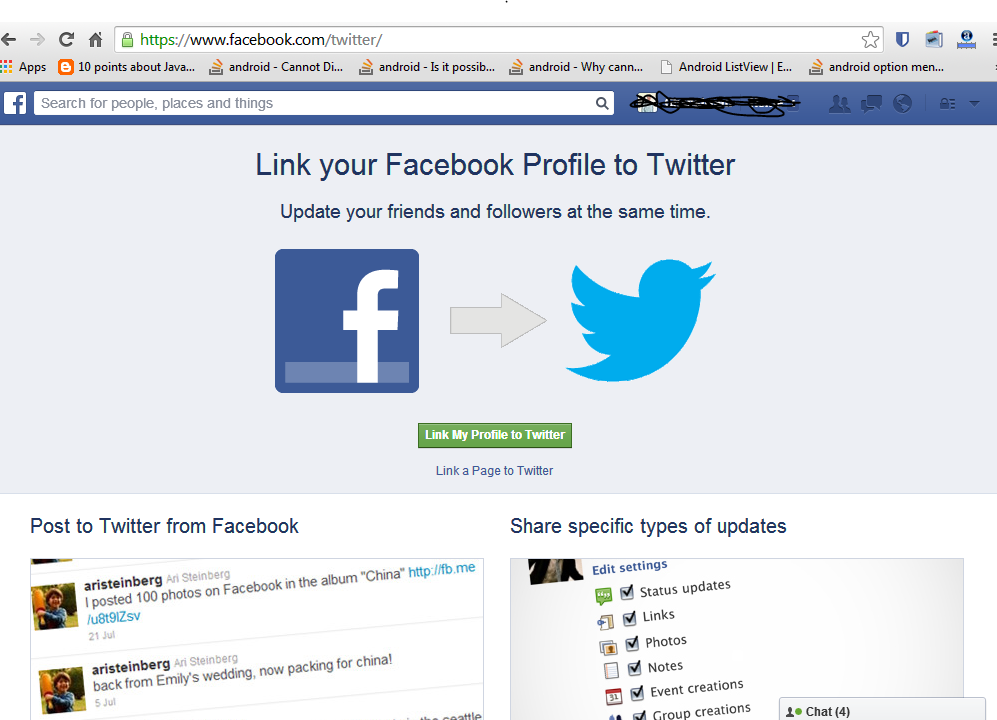
You can find some information about the algorithm by scrolling through your activity log . Facebook tracks and records everything you do on the site, and as you browse, you can see all those little interactions you may have forgotten about and draw a line between them and how the algorithm rates your friends. Those "random" guys that are announced on your profile page or in your chat list might become more clear.
I use Facebook pretty infrequently, so it was as simple as one comment or tagging in the last year or even an accepted friend request to get someone into the top 10 or 20. I was embarrassed to discover that I was exchanging data with a couple of guys that I thought they might be walking around on my page more than I realized: their place could be boosted by a simple comment in one place or another or participation in several of the same groups.
Ads
Facebook has always stated that its friend scoring algorithms only count public interactions, so no private conversations or profile views. “Friends that show up in the Friends section of profiles are not entered using any private information, such as whether they have viewed your profile. Instead, we use a number of different public cues to choose which friends to show you there, like the presence or absence of their recent likes or comments on any of your posts,” a Facebook spokesperson told me.
“Friends that show up in the Friends section of profiles are not entered using any private information, such as whether they have viewed your profile. Instead, we use a number of different public cues to choose which friends to show you there, like the presence or absence of their recent likes or comments on any of your posts,” a Facebook spokesperson told me.
“We use different ratings for different blocks (Friends window on your profile page, Chat list, etc.). For each of these blocks, we develop a rating, but, as with the Friends window in the profile, we do not use personal information that the viewer would not be able to find elsewhere (for example, profile views).”
But for a lot of people, it doesn't really pass the lice test. Of course, Facebook will say what it has to say. Information about who is stalking whom is perhaps the most sensitive and confidential information at Facebook's disposal, and its disclosure, even indirectly, could be a disaster for both the site and many users. It may sound trite, but it is not trite at all. Facebook operates with the currency of personal relationships, and the fact that we do not know exactly how he is watching us or whether to trust him perfectly feeds the fears and complexes of people.
It may sound trite, but it is not trite at all. Facebook operates with the currency of personal relationships, and the fact that we do not know exactly how he is watching us or whether to trust him perfectly feeds the fears and complexes of people.
Advertisement
To test the stalking issue, I created a fake Facebook account, only friended myself (the real me) and stalked myself for a few days. The fake friend has never shown up on any of my Facebook top friends lists. If it ever shows up, I'll make an amendment here.
I tried several other (very unscientific) experiments. I compared my list of friends with my activity log to see what kind of interactions I had with each person in my top nine, and watched the order change daily. The results were pretty logical. If I tagged people in photos or vice versa, they moved up the list. After a few days without interaction, they descended several places.
However, some things surprised me. I found that the people and tend to stalker showed up in certain places—not among the nine friends on my profile page, but in Facebook's suggestions for who I should put on my "close friends" list.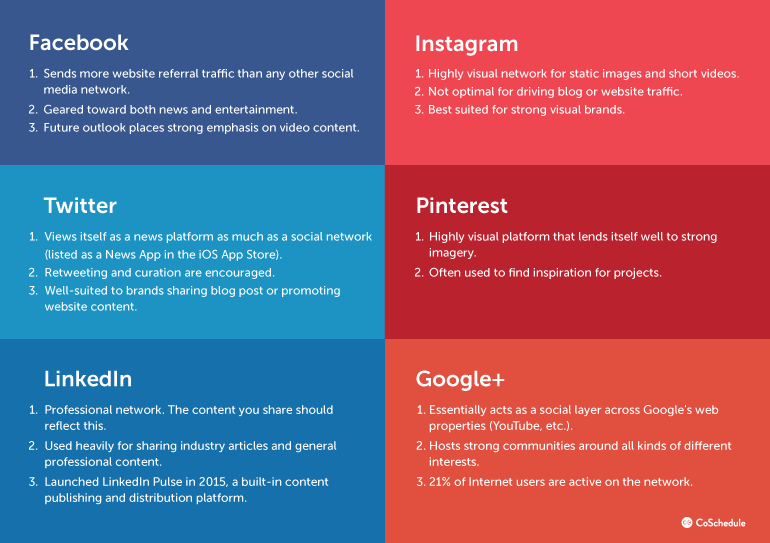 The names of my stalking targets also appeared in the list of autocomplete suggestions when I entered each letter of the alphabet into the search bar (here, obviously, you should expect a skew towards people you searched for before, and there will also be people with whom you are not friends, but whose photo or profile was viewed: remember, Facebook wants to find these people and contact them).
The names of my stalking targets also appeared in the list of autocomplete suggestions when I entered each letter of the alphabet into the search bar (here, obviously, you should expect a skew towards people you searched for before, and there will also be people with whom you are not friends, but whose photo or profile was viewed: remember, Facebook wants to find these people and contact them).
I also tested the tool, created by the developers of , which attaches to the Facebook API to reveal your friends' ratings. Why some of the names on the resulting list appeared in that order was truly a mystery, but the people I followed were clearly quite high on the list. Even if we have some common interests or groups, there was a very clear trend: the people I was looking for and whose profiles and photos I looked at ranked quite high in the ranking list hidden in the source code.
The lower the number, the higher the social proximity. Facebook didn't say what data this calculation is based on, but from personal experience, this list is affected by profile views, private conversations, mutual friends, and other interactions.
The good news is that users now have more control over which friends show up on a page and can influence that by telling Facebook what they want. Filtering friend lists by labeling people as "close friends", "relatives" and so on is a feature designed to give you more control over whose posts appear in your newsfeed, but it will also ensure that close friends rank higher on your friends list. In turn, if someone is classified as "acquaintance", then that person may be less likely to appear in these special slots. If you want to be as safe as possible, you can completely go into spy mode and create a fake account for your stalking activities. Because, rest assured, Facebook is uniquely tracking this data.
Frequency of interaction, long-standing communication and the share of randomness - Social networks on vc.ru
The vc.ru editorial staff publishes selected excerpts from the publication in the Motherboard edition of the journalist Megan Neal, who studied data on the ranking of Facebook friends lists, talking with representatives of the social network and conducting a series experiments.
89449 views
Each of us has experienced this confusing situation - Facebook puts in a table with a list of friends a random school acquaintance with whom you have not spoken for ten years, or a former colleague from a previous job, whose existence you have long forgotten.
My boyfriend uses Facebook, but neither he nor I have ever interacted on the social network, except for a few joint activities. No photos, comments, likes, tags, marital status. However, when I asked him to go to his own page (for research purposes), in the friends column on the left, where only nine people were displayed, it was me, and in the very first square.
And what was his reaction? "It's because you're following me, stop doing it!".
How Facebook ranks friends is a real mystery, and a very disturbing one. Most of us don't quantify people, but in this case, a mysterious algorithm does it for us and we have no control over it.
Who is “chasing” whom is one of the most personal and vulnerable components of the information held by the social network. In addition, social media generates a kind of premonition that if you have had little interaction with someone who is at the top of your friends list, then he is following you. It turns out that those whose page you yourself often visit can also understand this.
Google search results reveal a lot of troubling questions on Quora and Reddit about how Facebook builds its friend list.
People are afraid that the rating may signal a one-sided relationship, they get upset that they see someone they don’t like on the page, they panic because of the thought that their secret feelings can be revealed, and someone begins to suspect a lover of betrayal when he sees some cutie in his top friends.
“A girl asked me about a few other friends in the top 9. I tell her that I rarely talk to them and have no idea why they pop up there, ”complained one Reddit user. “My ex is in the second position there, although we have not spoken since December, and I have not checked her profile since then. I used to correspond with a bunch of people, but why exactly is she still there? ”, Asked another visitor to the site.
I used to correspond with a bunch of people, but why exactly is she still there? ”, Asked another visitor to the site.
There is no way to get exact answers to these questions because the details of Facebook's algorithms are classified. But we know about some factors that influence the formation of friends in the list, so we can turn to them for tips.
There are several places that display Facebook friends. If you click on the list of friends, then the people with whom we interact most often will appear at the top. Another sample is displayed in the sidebar on the left. The third group of users is collected for the chat list and is located on the right. Some names are displayed in the search bar when you click on it:
The social network also distributes friends according to categories: close friends, family, colleagues, classmates, and so on. Some lists are generated automatically based on where you live or work. It is assumed that the user should define the category "close friends" for himself, while Facebook itself offers to add some people there.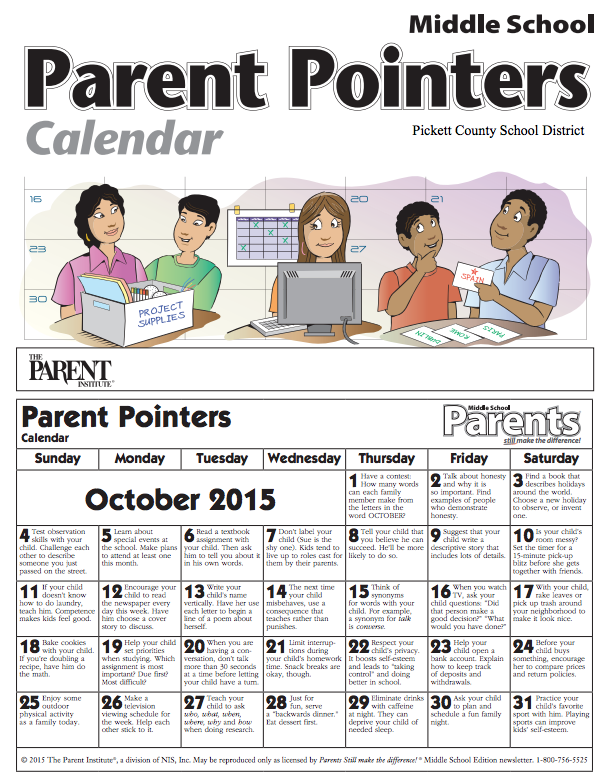
But what worries me the most is the table with nine friends on the left. According to the social network, this is a group of relevant users gathered as a hint. In other words, these are the people that the social network subtly encourages you to interact with. And if someone else visits your page, then he sees in this square users whom he already knows and who he might want to chat with.
Such a strategy makes sense for the advertising business model of a social network - to connect as many users as possible and make them interact with each other.
Algorithms calculate how often and how long you have been in contact with other people. Therefore, the appearance of a random girl from a university in this square means that the social network is pushing you to communicate with those with whom you have not spoken for a long time, but at the same time you have known each other for a long time. It might also include people you've "befriended" recently, or people who've just posted new posts or photos.
And sometimes they are just random people.
Facebook's algorithms are constantly evolving - this is the company's secret sauce for pushing new features.
Two years ago, the social network used the Edgerank algorithm, which took into account three factors to determine social proximity: how often users interact with each other, for how long, and exactly how.
Today's formula is more complex. It uses machine learning technology and takes into account thousands of different data. But assuming the core functions remain the same, the system is likely to give different weights to interactions depending on their types. Being in a photo with a user or attending events with them are the best indicators of close communication, as opposed to “likes” and comments.
You can get a clearer picture of the algorithms by scrolling down the page with your timeline. Facebook tracks and records everything you do on the site, so with a deep analysis, you can notice these minor interactions that you probably forgot about a long time ago. Then there will be a connection between the people on the profile page and your actions in the past.
Then there will be a connection between the people on the profile page and your actions in the past.
Facebook has always claimed that its ranking algorithms only take into account public interactions, so you shouldn't look for answers to questions in private messages or viewing other people's profiles.
“We use different classifications for different divisions (for friends on the profile page, for the chat list, and so on). For each of them, we develop the most suitable ranking, but we do not use private information ... ".
However, the issue of secret persecution continues to worry Facebook users. I created a fake account on purpose and "befriended" my real self, after which I started virtual stalking my real page for a few days. However, the fake friend never showed up on any of my social media lists.
I also did some other experiments. When I, for example, tagged people in a photo or they tagged me, those users moved up in the lists. If we stopped interacting with each other, they lost several positions in these groups.


